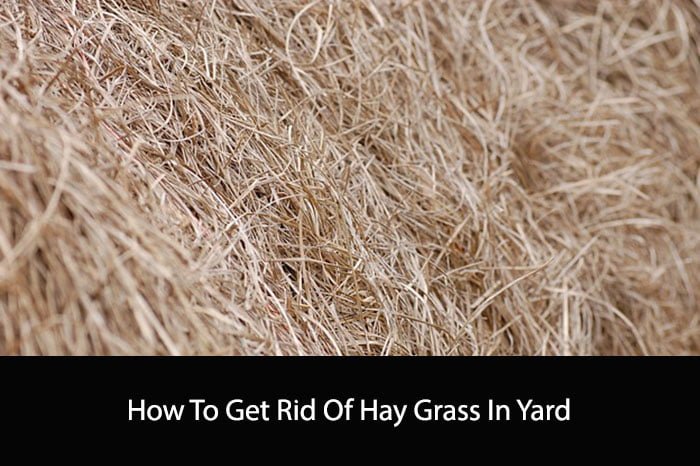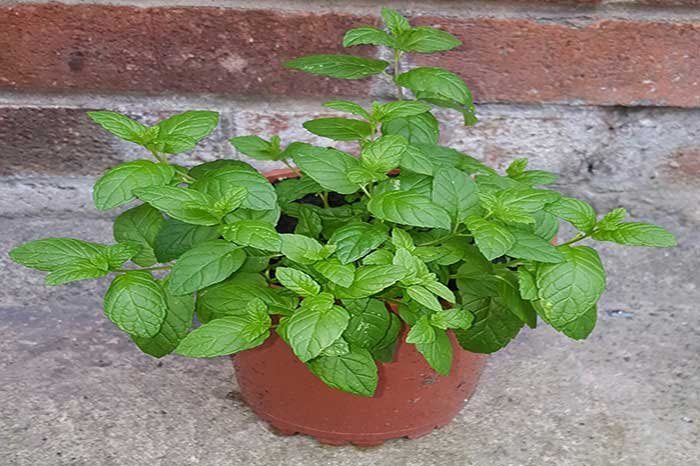If you’re a homeowner, you know the importance of maintaining a beautiful lawn. However, sometimes unwanted grasses, like hay grass, can pop up and ruin the look of your yard. Hay grass is a type of weed that can quickly spread and take over your lawn if left untreated. But don’t worry, we’ve got you covered with tips on how to get rid of hay grass in your yard.
One of the first steps in getting rid of hay grass is identifying it. Hay grass typically has thin blades and can grow up to 3 feet tall. It’s commonly found in areas with poor soil quality or high levels of moisture. Once you’ve identified the hay grass in your yard, it’s important to act quickly to prevent it from spreading.
There are several methods for removing hay grass from your yard, including manually pulling it out, using herbicides, or smothering it with mulch. Each method has its own pros and cons, and it’s important to choose the one that’s best for your specific situation. In the following sections, we’ll explore these methods in more detail and provide step-by-step instructions on how to get rid of hay grass in your yard.
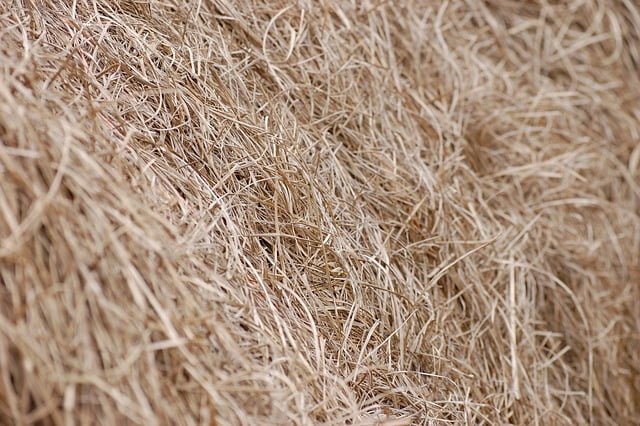
Understanding Hay Grass
Hay grass, also known as Timothy grass or cat’s tail grass, is a common type of grass that is often found in yards. It is a cool-season grass that is typically found in areas with moist soil, such as meadows, pastures, and along streams. Hay grass can be a nuisance in yards, as it can grow quickly and become invasive if not properly controlled.
Hay grass is a perennial grass that grows in clumps and has a distinctive seed head that resembles a cat’s tail. It typically grows to a height of 2 to 3 feet and has a light green color. The leaves of hay grass are flat and narrow, with a rough texture.
One of the reasons why hay grass can be difficult to control is that it has a deep root system, which allows it to survive in harsh conditions. The roots can grow up to 4 feet deep, which makes it difficult to remove the entire plant. Additionally, hay grass can spread quickly through its seeds, which can be carried by wind or animals.
To effectively control hay grass, it is important to understand its growth habits and how it spreads. Regular mowing can help to prevent the grass from going to seed and spreading. Additionally, removing the seed heads before they mature can help to prevent the grass from spreading.
In summary, hay grass is a common type of grass that can be a nuisance in yards. It has a deep root system and can spread quickly through its seeds. Understanding its growth habits and taking steps to prevent it from spreading can help to control hay grass in your yard.
Identifying Hay Grass in Your Yard
When it comes to identifying hay grass in your yard, it’s important to know what you’re looking for. Hay grass is a type of grass that is typically found in fields and meadows, but can also be found in residential lawns. It’s a tall grass that can grow up to three feet in height and has a distinctive seed head that looks like a wheat stalk.
One of the easiest ways to identify hay grass in your yard is by its seed head. The seed head is a long stalk that grows out of the top of the grass and has a distinctive shape. It looks like a wheat stalk and has a number of small seeds on it. If you see this type of seed head in your lawn, it’s likely that you have hay grass growing.
Another way to identify hay grass is by its height. As mentioned before, hay grass can grow up to three feet in height, which is much taller than most other types of grass. If you notice areas of your lawn that are significantly taller than the rest of the grass, it’s possible that you have hay grass growing.
Finally, you can also identify hay grass by its texture. Hay grass is typically coarser than other types of grass and has a rough texture. If you run your hand over the grass and it feels rough or prickly, it’s possible that you have hay grass growing in your lawn.
Overall, identifying hay grass in your yard is relatively easy once you know what to look for. By keeping an eye out for the distinctive seed head, height, and texture of the grass, you can quickly determine whether or not you have hay grass growing in your lawn.
The Impact of Hay Grass on Your Yard
When hay grass takes over your yard, it can cause a range of problems. Here are some of the most common impacts of hay grass on your yard:
1. Unsightly Appearance
Hay grass has a different appearance than most other types of grass, which can make it stand out in an unattractive way. This can make your yard look unkempt and messy, which can be frustrating for homeowners who take pride in their lawn.
2. Reduced Curb Appeal
When your yard is overrun with hay grass, it can reduce the curb appeal of your home. This can be a problem if you’re trying to sell your home or if you simply want to make your property look more attractive.
3. Competition with Other Plants
Hay grass is known for its aggressive growth, which means it can quickly take over other plants in your yard. This can be a problem if you have other plants that you want to keep healthy and thriving.
4. Increased Risk of Fire
Hay grass is highly flammable, which means it can increase the risk of fire in your yard. This is especially true during hot, dry weather when the grass is dry and brittle.
5. Allergies and Health Problems
Hay grass can cause allergies and other health problems for some people. This is because the grass produces pollen, which can trigger allergic reactions in some individuals.
Overall, hay grass can have a negative impact on the appearance and health of your yard. It’s important to take steps to control the growth of this grass to keep your yard looking its best.
Prevention Measures Against Hay Grass
When it comes to hay grass, prevention is key. By taking a few simple steps, we can avoid the hassle and expense of dealing with an overgrown lawn. Here are some measures we can take to prevent hay grass from taking over our yards.
Proper Lawn Maintenance
Maintaining a healthy lawn is the first line of defense against hay grass. By keeping our grass healthy and thick, we can prevent weeds from taking root. Here are some tips for proper lawn maintenance:
- Fertilize regularly: Fertilizing our lawn with a balanced fertilizer will provide the nutrients it needs to grow thick and healthy.
- Aerate our lawn: Aerating our lawn will help to loosen compacted soil, allowing water and nutrients to penetrate deeper into the soil.
- Overseed our lawn: Overseeding our lawn with a grass variety that is well-suited to our climate will help to fill in any bare spots and prevent weeds from taking root.
Regular Mowing
Mowing our lawn regularly is another important step in preventing hay grass. By keeping our grass at the proper height, we can prevent weeds from getting the sunlight they need to grow. Here are some tips for regular mowing:
- Set our mower to the proper height: The proper mowing height will vary depending on the type of grass we have. As a general rule, we should never cut more than one-third of the grass blade at a time.
- Mow frequently: Mowing our lawn frequently will help to keep our grass at the proper height and prevent weeds from taking root.
- Mulch our clippings: Mulching our clippings will help to return nutrients to the soil, which will help to keep our grass healthy and prevent weeds from taking root.
Appropriate Watering
Watering our lawn properly is another important step in preventing hay grass. By providing our grass with the right amount of water, we can help it to grow thick and healthy, which will prevent weeds from taking root. Here are some tips for appropriate watering:
- Water deeply: Watering deeply will encourage our grass to grow deeper roots, which will help it to better withstand drought conditions.
- Water in the morning: Watering in the morning will allow our grass to dry out during the day, which will prevent fungal diseases from taking hold.
- Don’t overwater: Overwatering our lawn can lead to shallow root growth, which will make our grass more susceptible to drought conditions and weed growth.
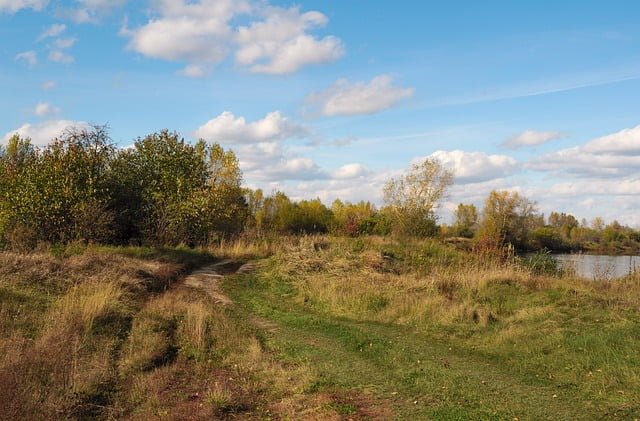
Natural Methods to Remove Hay Grass
If you’re looking for natural methods to remove hay grass from your yard, we’ve got you covered. Here are a few effective methods that can help you get rid of hay grass without using any chemicals.
Use of Mulch
Mulching is an effective way to control hay grass growth in your yard. By covering the soil with a layer of mulch, you can prevent hay grass from getting the sunlight it needs to grow. Mulch also helps to retain moisture in the soil, which can be beneficial for other plants in your yard.
To use mulch to control hay grass, follow these steps:
- Choose a type of mulch that is suitable for your yard. Some common types of mulch include wood chips, straw, and leaves.
- Spread a layer of mulch over the soil where hay grass is growing.
- Make sure the layer of mulch is thick enough to prevent sunlight from reaching the soil.
Planting Competitive Grass Species
Another natural method to remove hay grass is by planting competitive grass species. By planting grasses that are more competitive than hay grass, you can prevent it from growing in your yard.
Here are a few grass species that can be effective in controlling hay grass:
| Grass Species | Description |
|---|---|
| Tall Fescue | Grows well in full sun and has a deep root system |
| Perennial Ryegrass | Grows quickly and can outcompete hay grass |
| Kentucky Bluegrass | Grows well in cool climates and can outcompete hay grass |
To plant competitive grass species, follow these steps:
- Choose a grass species that is suitable for your climate and soil type.
- Remove any hay grass from the area where you want to plant the new grass.
- Plant the new grass according to the instructions on the seed packet.
By using these natural methods, you can effectively control hay grass growth in your yard without using any chemicals.
Chemical Methods for Hay Grass Removal
Choosing the Right Herbicide
When choosing a herbicide to remove hay grass, it is important to consider the type of grass you have and the surrounding vegetation. Selective herbicides target specific types of grasses, while non-selective herbicides kill all vegetation they come into contact with. It is important to read the label and follow the instructions carefully to ensure you are using the right herbicide for your situation.
Glyphosate is a common non-selective herbicide that is effective in killing hay grass. It is important to note that glyphosate can also kill desirable plants, so it should be used with caution. If you have a large area to treat, a concentrate formulation may be more cost-effective than a ready-to-use product.
Applying Herbicides Safely
When applying herbicides, it is important to wear protective clothing, including gloves, long-sleeved shirts, and pants. It is also important to avoid spraying on windy days to prevent drift onto desirable plants. Always follow the label instructions for mixing and applying the herbicide.
Some herbicides may require multiple applications to completely kill hay grass. It is important to wait the recommended time between applications to avoid overuse and potential damage to surrounding plants.
It is also important to properly dispose of any unused herbicide and empty containers. Contact your local waste management facility for proper disposal methods.
Remember, herbicides should be used as a last resort and should not be relied upon as a sole method of weed control. Integrated pest management practices, such as mowing and hand-pulling, should be used in conjunction with herbicides to effectively control hay grass and maintain a healthy lawn.
Professional Hay Grass Removal Services
If you’re struggling to get rid of hay grass in your yard, you may want to consider hiring a professional hay grass removal service. These services can provide you with expert help and specialized equipment to get the job done quickly and effectively.
At our company, we offer comprehensive hay grass removal services that are designed to meet the unique needs of our clients. Our team of experienced professionals has the knowledge and expertise to tackle even the most stubborn hay grass infestations.
When you hire us for your hay grass removal needs, we’ll start by conducting a thorough assessment of your property. This will allow us to determine the extent of the infestation and develop a customized removal plan that is tailored to your specific needs.
We use a variety of techniques and equipment to remove hay grass from your yard, including:
- Mowing and trimming
- Hand pulling
- Herbicide application
- Soil amendment
- Overseeding
Our team will work quickly and efficiently to remove the hay grass from your yard, leaving you with a beautiful, healthy lawn that you can be proud of. We take great care to minimize disruption to your property and ensure that all work is completed to your satisfaction.
If you’re ready to say goodbye to hay grass for good, contact us today to schedule your professional hay grass removal service. We’re here to help you get the beautiful, healthy lawn you deserve!
Conclusion
In conclusion, getting rid of hay grass in your yard can be a challenging task, but with the right approach, it can be achieved successfully. We recommend that you follow the steps we have outlined in this article, including:
- Identifying the type of hay grass you have in your yard
- Creating a plan of action based on the type of hay grass you have
- Removing hay grass manually or with herbicides
- Preventing future growth of hay grass by maintaining your lawn regularly
Remember that the key to getting rid of hay grass is persistence and consistency. It may take some time and effort, but with the right approach, you can have a beautiful, hay grass-free lawn.
We hope that this article has been helpful in providing you with the information you need to get rid of hay grass in your yard. If you have any further questions or concerns, please do not hesitate to reach out to us. We are here to help you achieve a beautiful and healthy lawn.
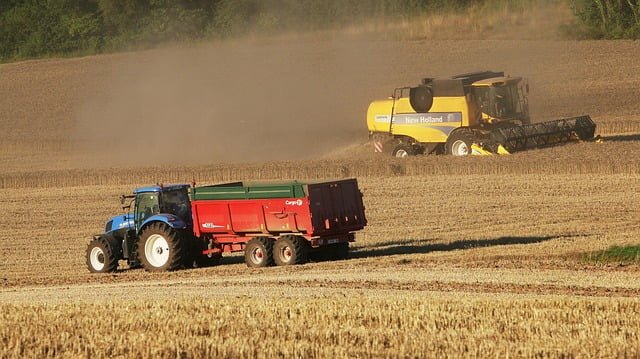
Frequently Asked Questions
What are some effective ways to remove orchard grass from my yard?
There are several effective ways to remove orchard grass from your yard. One way is to manually remove it by digging it up with a shovel or hoe. Another way is to use a selective herbicide that targets orchard grass specifically. You can also use a non-selective herbicide, but be careful not to damage any desirable plants in the process.
How can I use glyphosate herbicide to get rid of unwanted grass in my lawn?
Glyphosate herbicide is a non-selective herbicide that can be used to kill unwanted grass in your lawn. To use glyphosate herbicide, mix it according to the instructions on the label and apply it to the unwanted grass. Be sure to follow all safety precautions and avoid spraying the herbicide on desirable plants.
What are some tips for identifying and removing orchard grass from fescue lawns?
Orchard grass can be identified by its long, flat leaves and its seed heads, which resemble wheat heads. To remove orchard grass from a fescue lawn, you can manually remove it, use a selective herbicide, or use a combination of both methods.
Will using MSMA herbicide kill orchard grass in my yard?
MSMA herbicide is a selective herbicide that can be used to control certain types of grasses, including orchard grass. However, MSMA herbicide is not effective against all types of grasses, so it is important to read the label and follow all instructions carefully.
Can using wheat straw on my lawn cause unwanted grass growth?
Using wheat straw on your lawn can provide a number of benefits, including helping to retain moisture and suppressing weed growth. However, if the wheat straw contains seeds from unwanted grasses, it can lead to unwanted grass growth in your lawn.
Why does my lawn have a hay-like appearance and how can I fix it?
A lawn with a hay-like appearance may be the result of orchard grass or other unwanted grasses. To fix this, you can manually remove the unwanted grass, use a selective herbicide, or overseed with a desirable grass species. Regular mowing and fertilization can also help to promote a healthy lawn.

